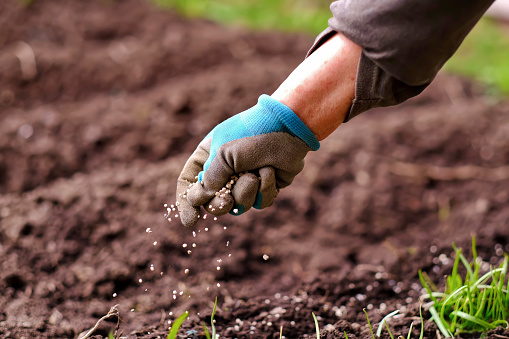



Article by: Hari Yellina
As synthetic fertiliser costs continue to rise, farmers throughout the country are exploring for other alternatives. However, some farmers have abandoned chemical fertilisers in favour of more environmentally and economically sustainable practises. Rhonda Daly and her spouse, Bill, founded the YLad Living Soils compost enterprise near Young on New South Wales’ south-west hills. Over the last 20 years, her compost investment has greatly reduced her dependency on chemical inputs. “Having a paradigm shift in how you treat the soil is incredibly important.” A growing number of farmers are abandoning industrial agriculture in favour of managing soil as component of a living system. “Through [modern] farming practices, we have scorched out the organic materials,” Ms Daly added.
“We’ve decreased the microbial variety in our soils, so the soil transforms from a fluffy chocolate cake to a terracotta tile, and when you’re dealing with terracotta tiles, you need more inputs because nature isn’t working.” Fertiliser alternatives have become more cost effective, in addition to enhancing soil fertility, since continuous supply chain disruption and China’s export ban have pushed fertiliser prices skyrocketing. The Dalys use humus compost, which they create and sell on the farm from local organic garbage. “Humus is the end product of the composting process,” Ms Daly explained, “where organic waste is broken down and then microbially built up into long molecular chains, which are active carbon.”
Gordon Nash, a Merino sheep farmer west of Bathurst, began using biosolids about 15 years ago. For the past two decades, biosolids, a by-product of sewage treatment plants, have been distributed to a small number of farms. “With the shallow and weak soils out here, it’s like chalk and cheese [with] synthetic vs organic fertiliser,” Mr Nash explained. After seeing how productive his pastures were, Mr Nash’s neighbour, John Toole, began using biosolids. He witnessed a 50 percent boost in production. “There is no comparison in terms of value for money. First and foremost, biosolids are more expensive, but the effects are incredible “Mr. Toole explained.
To maintain soil healthy, according to Justin Borevitz, an expert in soil sciences at the Australian National University, there is no need for a “war against chemicals.” When crops don’t obtain enough nitrogen or other nutrients, chemical fertilisers are still required. “Biologicals have the advantage of degrading slowly in the soil. As a result, it gradually releases nitrogen, especially as the plants grow larger “Dr. Borevitz explained. Organic fertilisers also reach and boost root systems by penetrating deeper into the soil. However, not all organic fertilisers are equal. When used properly, biosolids are part of the solution since, in the worst-case scenario, it simply burps out methane or nitrous oxide, and improper compost can be extremely harmful to the environment.
Pig farms and ranches are examples of poor compost because they emit the same amount of methane as the animals. Another disadvantage is that biosolids must be chemically processed and then applied properly, whereas compost is not readily available in big amounts for commercial agriculture. Farmers, on the other hand, may invest in industrial equipment such as a biochar machine, a rock-crushing machine, or a compost churner, according to Dr. Borevitz. That kind of composting setup might remineralize soil, boost soil carbon, and keep the system healthy enough to support more crops in the long run. “However, none of these are silver bullets,” Dr. Borevitz stated.